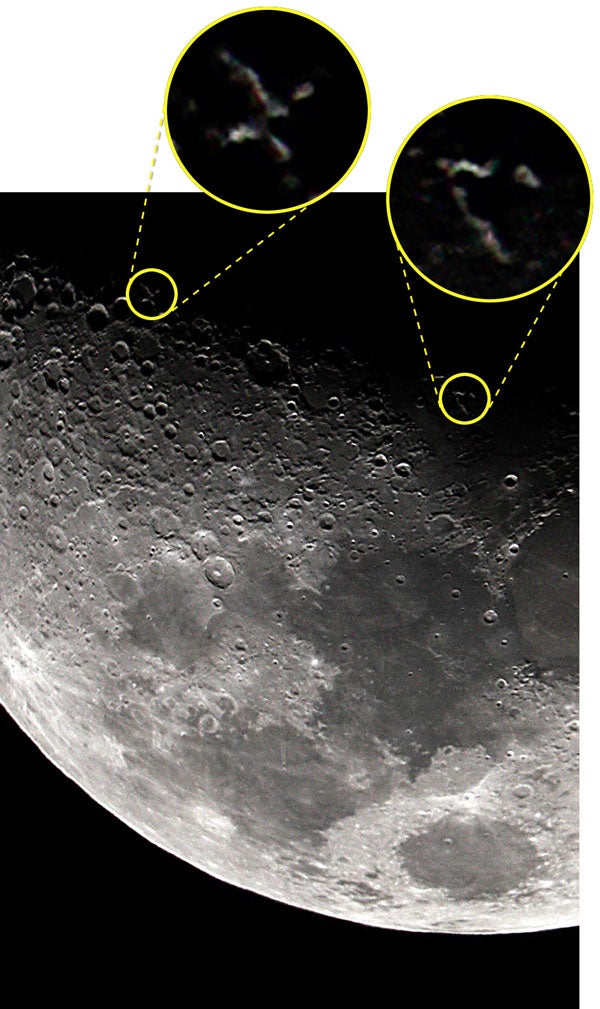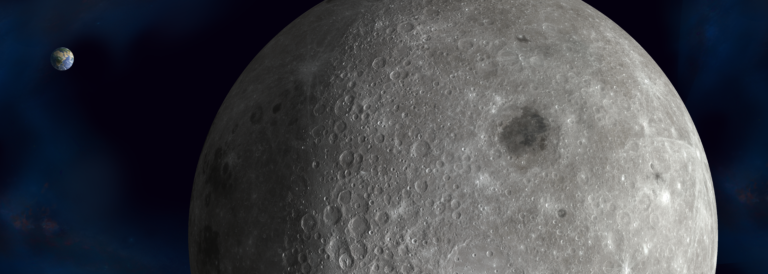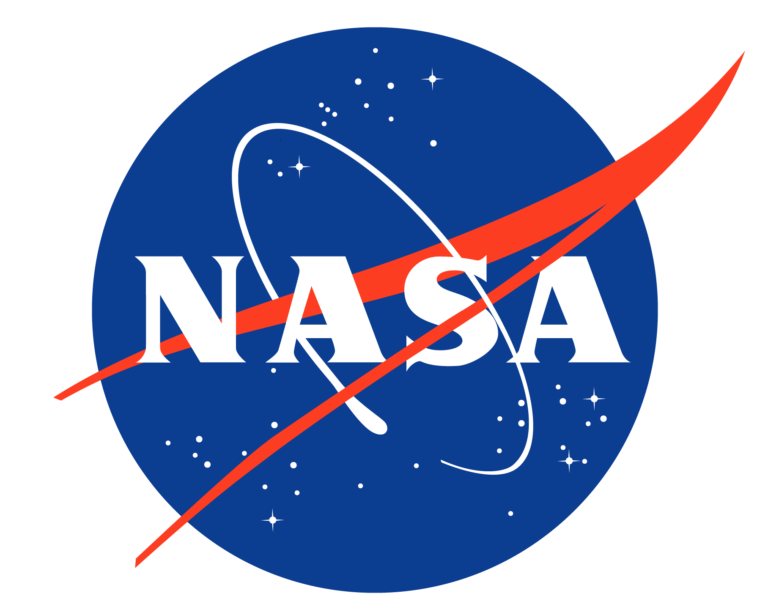One day, one of my more astute students raised his hand. “If that’s the case, why do we call the Full Moon ‘full’ when it’s only gone halfway around Earth and we can only see the half of the Moon that faces us?” You could almost hear the “whoosh!” as the wind left my sails. When it comes to naming lunar phases, I have to admit that the poets and dreamers got this one right.
The First Quarter Moon (“first half,” if you prefer) is a breathtaking telescopic sight. Up and down the length of the terminator (the boundary between day and night on the Moon), our eyes feast on a spectacular jumble of craters and mountains whose rugged topography is enhanced by the long shadows of a lunar morning. On the nighttime side of the terminator, bright specks and shapes punctuate the darkness as the rising Sun illuminates mountain peaks and lofty regions. One of the more intriguing of these shapes is the Lunar X.
The Lunar X appears when sunlight strikes an elevated area at the junction of the craters La Caille, Blanchinus, and Purbach. I had viewed the First Quarter Moon hundreds of times in the past without ever noticing this remarkable feature. I still might be clueless as to its existence had it not been for Astronomy Senior Editor Michael E. Bakich and Contributing Editor Phil Harrington. Bakich described the Lunar X in his October 2009 Astronomy article “Explore 12 great lunar targets” while Harrington mentioned it in his book Cosmic Challenge (Cambridge University Press, 2010).
I first saw the Lunar X during a star party last spring. Thanks to a timetable in Cosmic Challenge, I knew the X would be visible that evening. I pointed my telescope toward the Moon and peered into the eyepiece. There, standing out from the darkness about a quarter of the way up from the Moon’s south pole, was a bright X. What an amazing sight, and surprisingly easy to see!
In September, the Lunar X will be in full view on the 22nd during the hours centered on 21h46m UT (5:46 p.m. EDT). These circumstances favor observers in the eastern parts of North and South America (after the Sun sets) and Western Europe and Africa. Those in eastern Asia and Australia will get their turn next month (October 22 around 11h08m UT). Because of the 29½-day cycle of lunar phases, conditions favorable for seeing the X from a particular location on Earth occur roughly every other month.
Amazingly, during those precious few hours of Lunar X visibility, observers can spot another letter. If you focus your attention on the part of the terminator near the lunar equator, you’ll see a distinct letter V. Like the X, the Lunar V is a transient phenomenon — in this instance created by sunlight striking high elevations near a pair of intersecting ridges between Mare Vaporum and Sinus Medii.
Whether you’re a novice or a veteran skygazer who has a “been there, done that” attitude about the Moon, be sure to pen in the Lunar X and V on your “must-see” list. The two are accessible to anyone, regardless of experience. They are within the grasp of the smallest telescope magnifying as low as 20x. Once you’ve seen them, you’ll agree that the letters V and X stand for Very X-traordinary!
Another important lunar event happens September 22. This is the date of the second International Observe the Moon Night (InOMN), a worldwide outreach event sponsored by a dedicated team of scientists, educators, and lunar enthusiasts. Through InOMN, they hope to instill in the public a sense of wonderment and curiosity about the Moon. For information on InOMN activities in your area or ways you can conduct your own InOMN event, go to http://observethemoonnight.org.
Questions, comments, or suggestions? Email me at gchaple@hotmail.com. Next month: astroimaging with a cellphone and a telescope. Clear skies!











